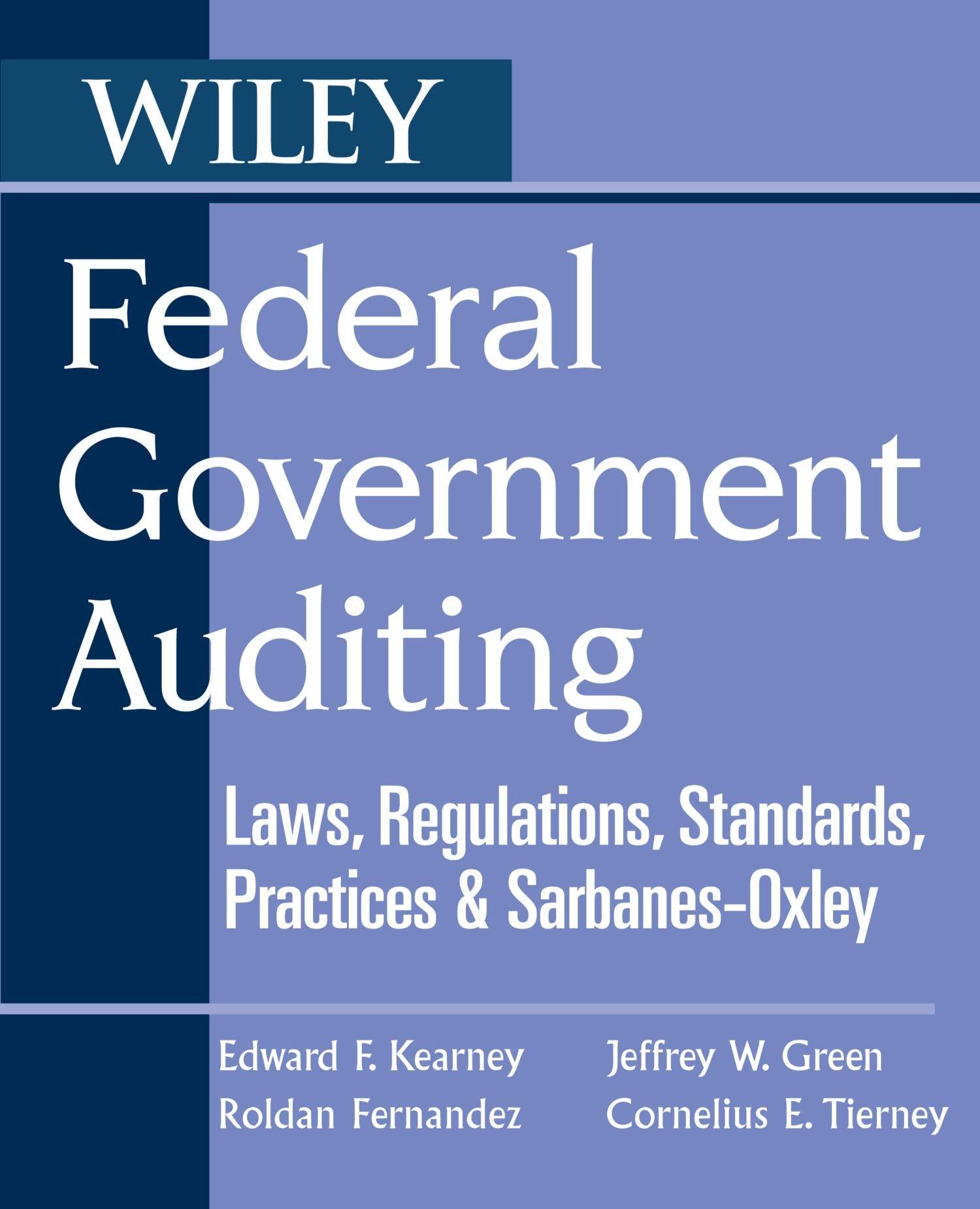| Question 47.47. For the year ended December 31, 2014, Prunus, Inc., reported net income before federal income tax expense of $800,000 per the corporation's books. This figure included the following items: (i) Interest income on tax-exempt municipal securities $30,000, (ii) Loss on sale of land acquired in 1985 as an investment $40,000, % (iii) Interest expense on loan to purchase tax-exempt municipal securities $10,000. What is the taxable income of Prunus, Inc. for 2014? (Points : 1) | $800,000 $820,000 $830,000 $870,000 None of the other provided choices |






